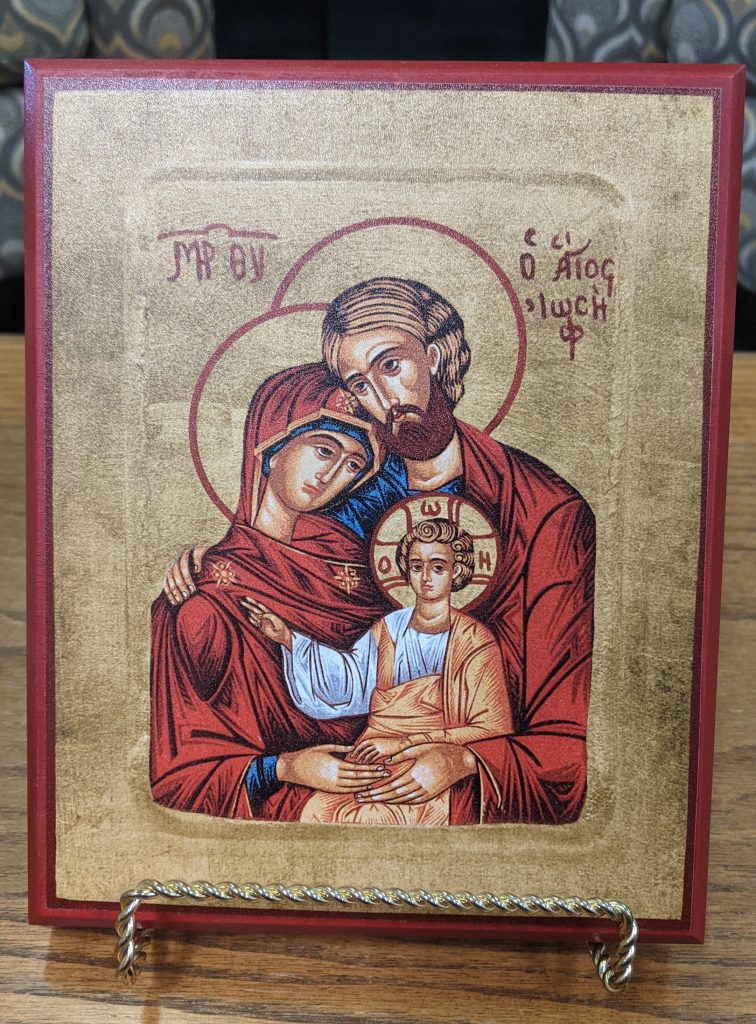The Significance of Holy Icons in the Ukrainian Catholic Tradition
In the realm of Ukrainian Catholicism, holy icons occupy a place of profound reverence. These sacred images, steeped in history and symbolism, serve as tangible representations of the divine. They offer a way for believers to visually connect with God and other holy figures, fostering a deeper understanding of their faith. The Ukrainian Catholic tradition reveres holy icons as visual representations of faith and spiritual contemplation. This veneration of holy icons is deeply rooted in the belief that with the Incarnation of Jesus Christ, God became accessible to human sight, hearing, and touch.
What Does “The Veneration of Holy Icons” Mean?
“The Veneration of Holy Icons” refers to the practice of showing deep respect and honor towards sacred images in Ukrainian Catholicism. These icons, often depicting Jesus Christ, the Virgin Mary, saints, and angels, are not worshipped but revered as visual aids for worship and prayer. The veneration can involve actions such as kissing the icon, bowing before it, lighting candles around it, or using incense. It’s seen as a way to pay homage to what the icon represents, rather than the material image itself. This practice helps believers to focus their prayers and feel a deeper spiritual connection with the divine.
The Incarnation and the Birth of Iconography
The Old Covenant forbade any representation of God to protect people from idolatry. However, with the advent of the New Covenant, the incarnate God, Jesus Christ, became accessible to human senses, making it possible to depict Him. The oldest icons in Christian tradition include the Saviour Not-Made-by-Hands, which represents the face of Christ miraculously copied onto a cloth, and an icon of the Mother of God, believed to be created by the apostle and evangelist Luke. These icons bear witness to the conviction that icons and their veneration align with the apostolic faith.
Theological Foundation for Icon Veneration
Saint John of Damascus, one of the early Church Fathers, provided a theological basis for icon veneration. He posited that the honor we render to an icon is directed toward the Prototype it represents. In other words, we venerate not the image but the person or event depicted on the icon, lifting our minds from the image to its divine Prototype.
The Seventh Ecumenical Council of 787 confirmed this practice of venerating icons of the Lord Jesus Christ, the Mother of God, and the angels and saints. It distinguished between adoration (latreia), due exclusively to God, and veneration (proskynesis), which we offer to icons, the Gospel Book, the cross, and the relics of saints. This veneration is expressed through acts such as kissing and censing the icons, and lighting candles and lamps before them.

Icons and Prayer
An icon is painted in prayer and for prayer. To truly understand an icon, one needs to contemplate it prayerfully. The act of contemplation requires concentration, leading to an inner silence. When we gaze upon an icon, we see a figure or group of figures, and the inscription on the icon informs us about whom or what event we are contemplating.
Icons of Christ and the Mother of God are depicted with specific symbols representing their divine and human natures. For instance, Christ is usually depicted in a red tunic, symbolizing His divine nature, covered with a blue mantle, representing His human nature. The Mother of God is depicted in a red veil, a symbol of divine grace, covering a blue tunic, symbolizing her humanity.
The Power of Icons
Through the icon, God communicates with us, reveals our calling, and invites us to live with Him. Seeing God lovingly gaze at us from an icon is a manifestation of “heaven on earth”. Once we have seen God in an icon, we become capable of seeing Him in other people. Thus, icons serve as a profound means of connecting with the divine, enhancing our spiritual contemplation, and deepening our faith.
